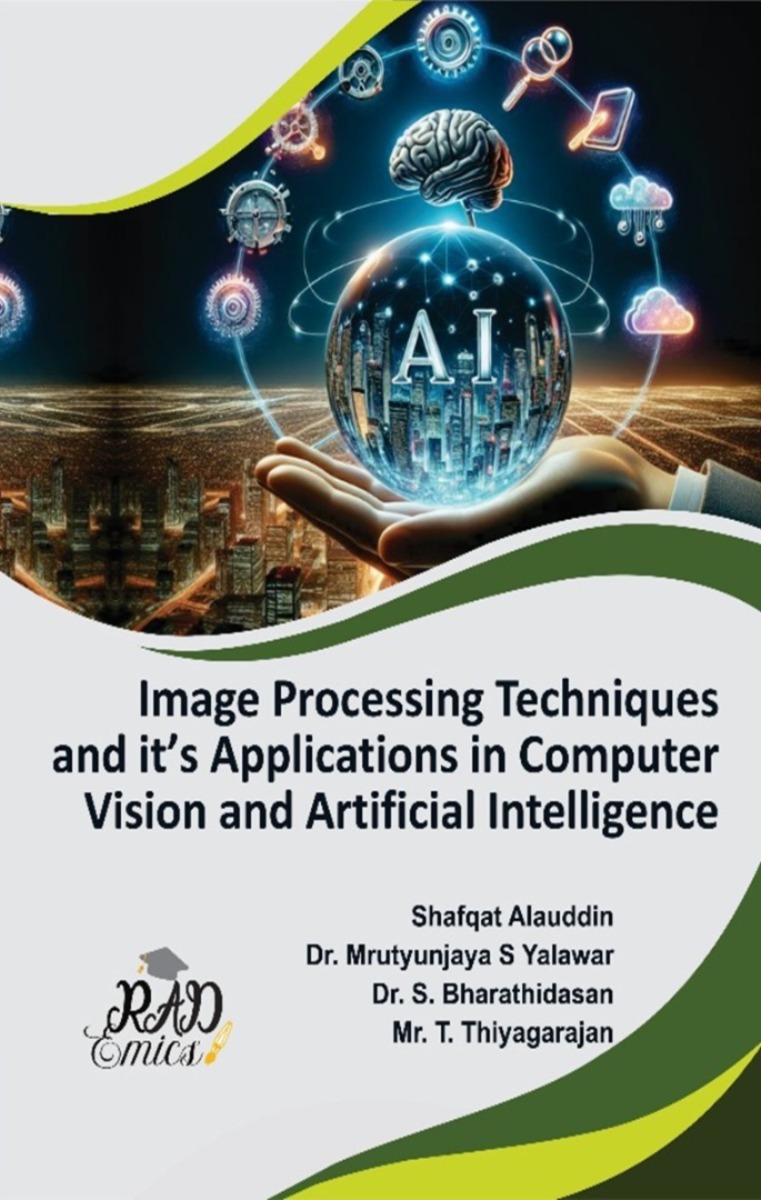
Peer Reviewed Chapter
Chapter Name : Color Image Processing Techniques for Effective Color Enhancement Color Space Conversion and Color Constancy
Author Name : K.Srinivasa Rao, Jonnadula Narasimharao
Copyright: © 2024 | Pages: 28
DOI: 10.71443/9788197933660-06
Received: 04/06/2024 Accepted: 26/08/2024 Published: 30/10/2024
Abstract
This chapter provides an in-depth exploration of color image processing techniques, with a focus on color enhancement, color space conversion, and color constancy. The significance of color representation in digital devices and its impact on visual perception was emphasized. Key color models such as RGB, HSV, CIELAB, and CMYK are critically analyzed, highlighting their applications and limitations in various domains. The conversion processes between these color spaces are examined, revealing the challenges inherent in maintaining color fidelity and accuracy during digital-to-print transitions. Moreover, this chapter addresses the implications of gamut mapping and color profiling, essential for effective color management in modern imaging systems. By elucidating the interplay between different color models and their practical applications, this chapter contributes to a comprehensive understanding of color processing methodologies, serving as a vital resource for researchers and professionals in the field.
Introduction
Color image processing has emerged as a crucial domain in the field of digital imaging, influencing a wide array of applications from graphic design to computer vision and medical imaging [1]. The ability to accurately capture, manipulate, and reproduce colors in digital formats was fundamental for ensuring visual quality and consistency across various media [2,3]. As digital technologies continue to advance, the importance of effective color enhancement techniques becomes increasingly apparent [4,5,6]. This chapter explores these techniques while providing a comprehensive overview of color space conversion and color constancy, essential for achieving optimal color representation in both digital displays and printed outputs [7,8].
One of the primary color models utilized in digital imaging was the RGB color space, which relies on the additive combination of red, green, and blue light to create a broad spectrum of colors [9]. This model was integral to electronic displays, such as computer monitors and televisions, as it aligns closely with the human visual perception of color [10-12]. However, while RGB was effective for digital screens, its application in print media poses challenges due to the inherent differences between additive and subtractive color mixing. The subsequent sections of this chapter delve into the limitations of RGB, particularly in terms of its inability to accurately reproduce certain colors when converted to print formats like CMYK [13].